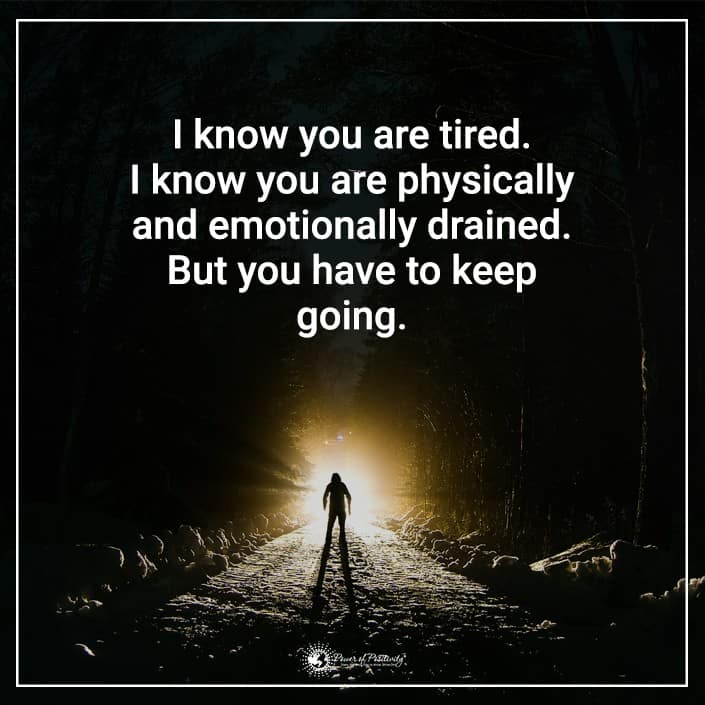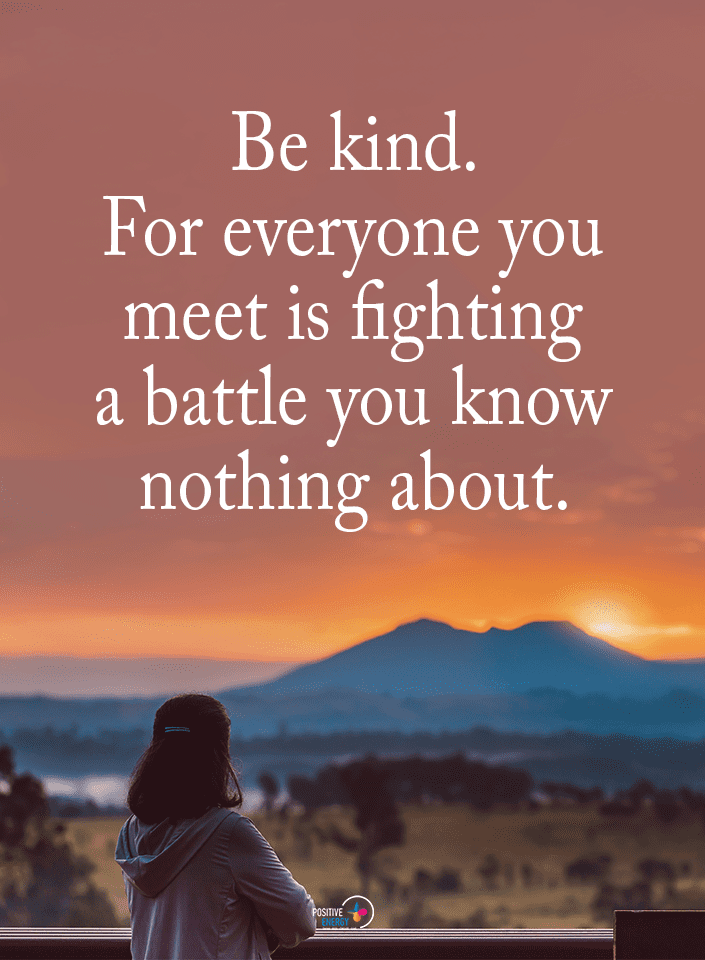When you think about some behaviors that you have seen from overly dramatic people, you may picture someone making a scene in a public place. Their behavior is so inappropriate that it is both embarrassing and funny, especially to others who are watching the scene. When you are the person involved in the drama, the humor is less obvious.
The dramatic people in your life can be the ones you most want to avoid due to their embarrassing behavior. But sometimes you have to interact with them. Let’s look at five common behaviors of overly dramatic people and also how you can look for these in yourself and avoid having them.
5 Behaviors of Dramatic People (And How to Avoid Having Them)
Dramatic people seem to like being emotional, but the truth is, their emotions are shallow and superficial. They want people to notice how upset, frustrated, sad, or anxious they are and to come to their rescue. Don’t fall for the trap too easily. Make sure you recognize the five behaviors of dramatic people and how to avoid behaving that way yourself.
1. Dramatic people might display aggressiveness or depression
Self-aggression, picking at skin, pinching, hitting or punching walls, hitting the floor like a child are all aggressive actions that involve physically aggressive and inappropriate behavior.
Aggressive behavior tendencies can be dangerous for those who are around the dramatic person. Avoiding the dramatic person, especially if they have displayed this behavior before is probably best when they are having an outburst.
Severely overly dramatic people can suffer from a mental illness that may require hospitalization to prevent them from harming themselves for attention. In one study, overly dramatic people who had been admitted to a psychiatric hospital were diagnosed with Hysterical Personality Disorder when they exhibited behavior that is described as aggressive, uncooperative, or attention-seeking.
In the same study of dramatic psychiatric patients, 60% of the psychiatric patients who had Hysterical Personality Disorder had symptoms of depression as well. Again, this emotion is likely a display for the benefit of keeping your sympathy focused on them.
2. Embarrassing behavior
Attention-seeking dramatic people will act out in ways that attract the most attention to themselves. By being loud or obnoxious, they turn heads, which they seem to love doing. When we think of the behavior of a dramatic person, we sometimes say they are being a ‘Drama Queen’ due to our typical biased tendency to stereotype women more often than men as acting this way.
More often, women are likely to suffer from behaving like a dramatic person, at least as far as the number of clinical diagnoses for mental health issues are concerned. But a recent report found that there was a definite sex bias when these disorders were diagnosed. ‘Mental health professionals tend to label men as antisocial personalities and women as hysterical personalities, even when these patients have identical clinical features.’
3. Childishness goes along with dealing with dramatic people
Throwing a temper tantrum is what this looks like when you see a dramatic person behaving inappropriately. Dramatic people behave that way because, well, they always have for their whole lives. Childish behavior never stopped for these people and they never became fully formed adult people.
If you think you may have thrown a tantrum or acted childish in other ways, think about your family members who may have taught you that behaving this way was how to get what you wanted. Seek counseling to deal with any residual issues from your childhood that are still showing up in your personal life.
4. Acting like everything is the end of the world
Catastrophizing is one behavior of a dramatic person. If every day has something ‘horrible,’ ‘terrible,’ ‘awful,’ or ‘tragic’ in it, then you may be a person who is prone to being overly dramatic.
Dramatic people can also be overly dramatic on the positive side where things are ‘Fabulous’ all of the time too. They tend to run to extremes and you can usually recognize this behavior by what they post on social media.
When people say, ‘Oh it’s not that bad’ to you, take it as a sign that you may be behaving like a dramatic person. Limit the extremes that you talk about, both aloud to others and in your own head.
5. Dramatic people exhaust you
After speaking to a dramatic person, you feel drained of your energy. There is no energy vampire quite like a dramatic person and they know how to suck a lot of energy. A dramatic person thrives on the energy of others and if you don’t give it to them, they will take it.
Final Thoughts on Dealing with Dramatic People
A dramatic person pulls you into their drama saying how they can’t handle the current situation. They convince you that you ‘have to’ do this or that for them. Use one of your power words and just say ‘No.’ Don’t let them trigger an emotional response or bring anxiety to your life.










